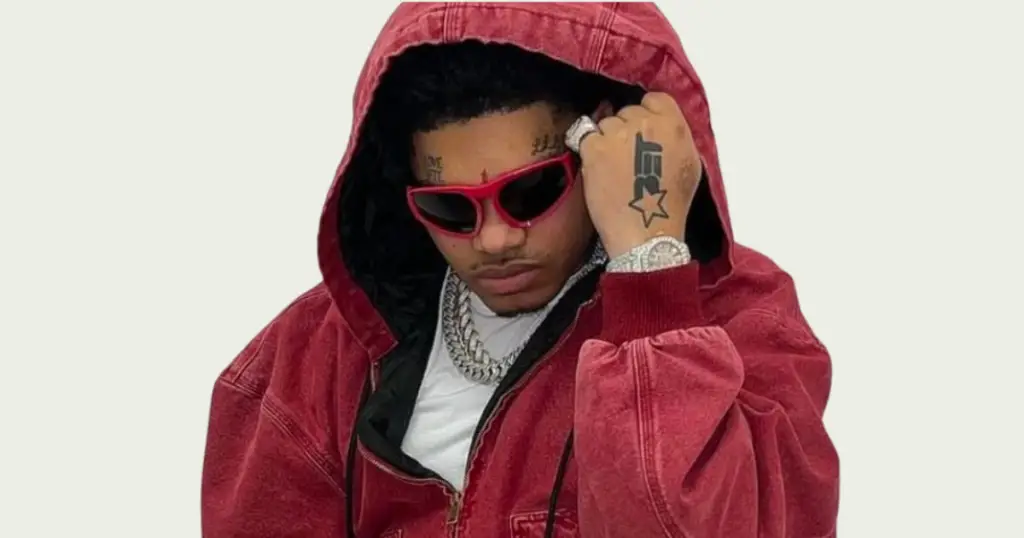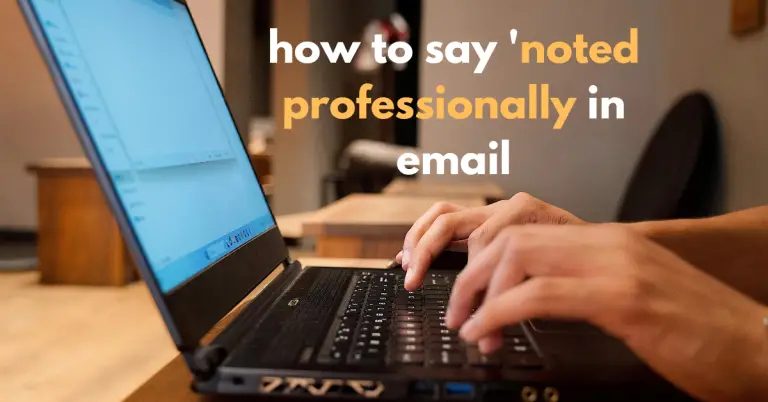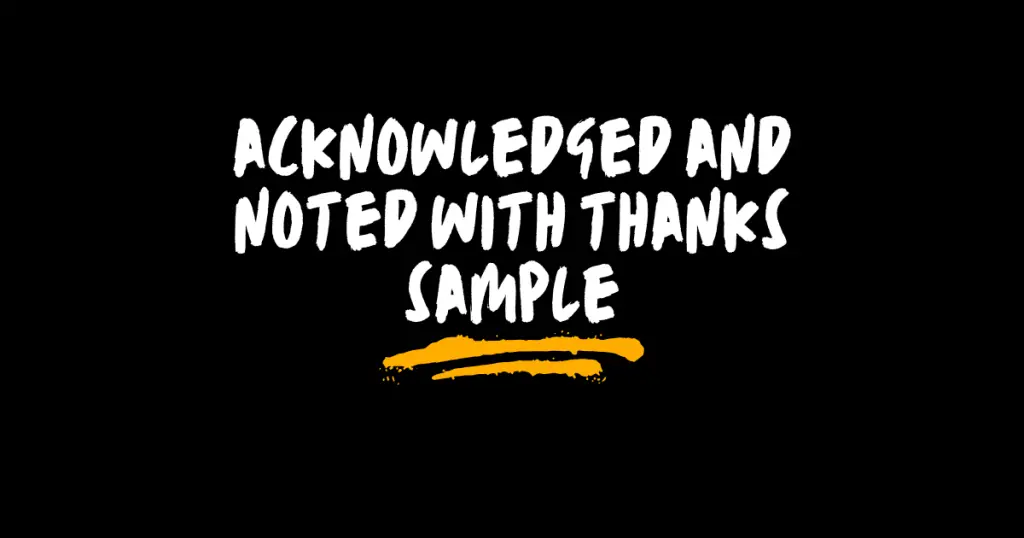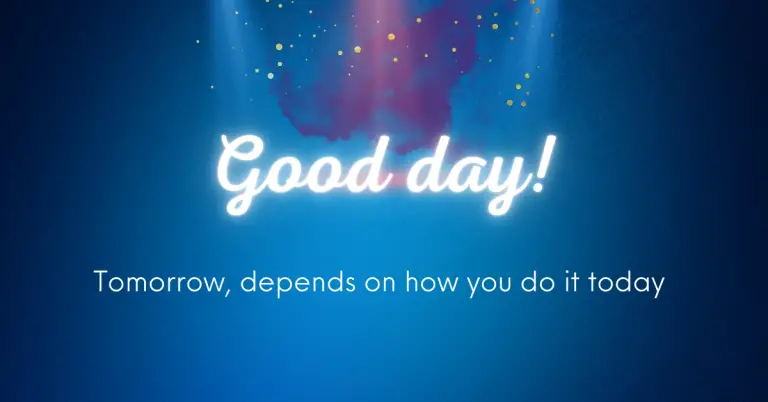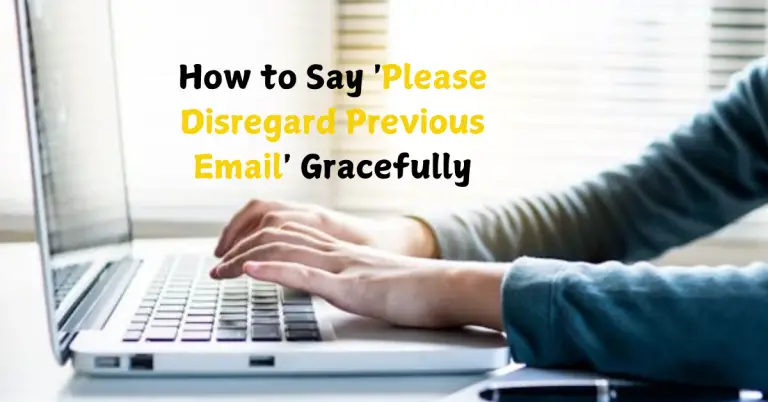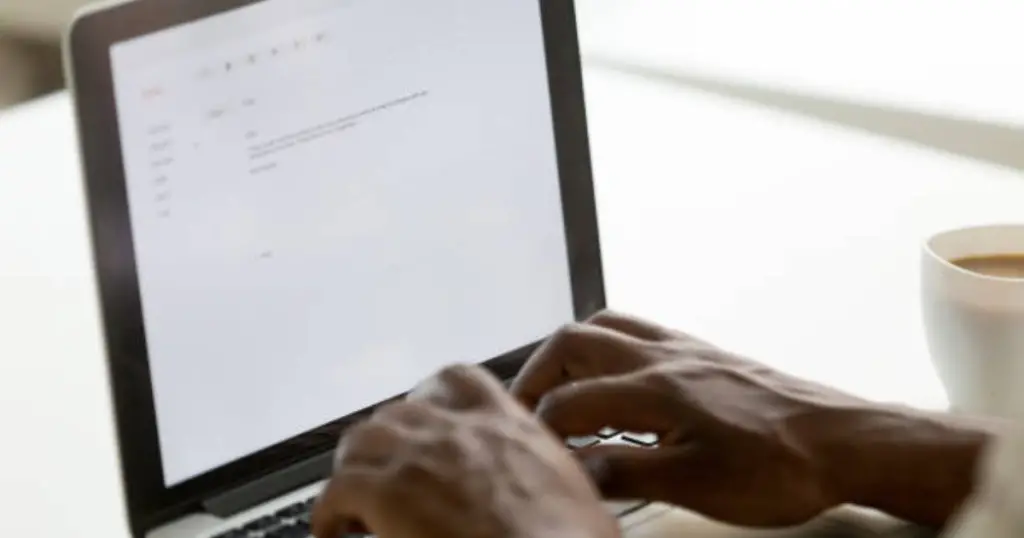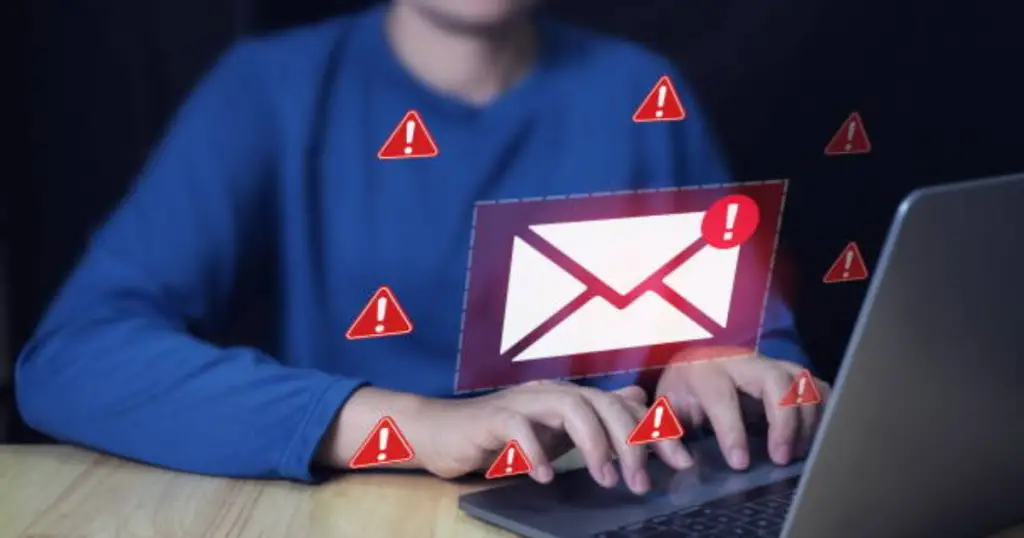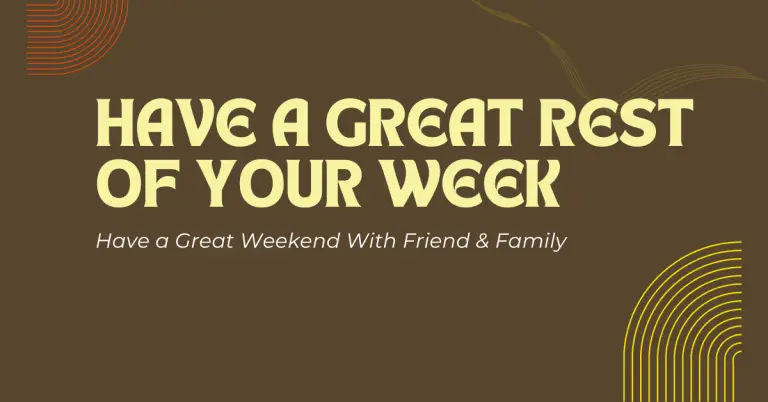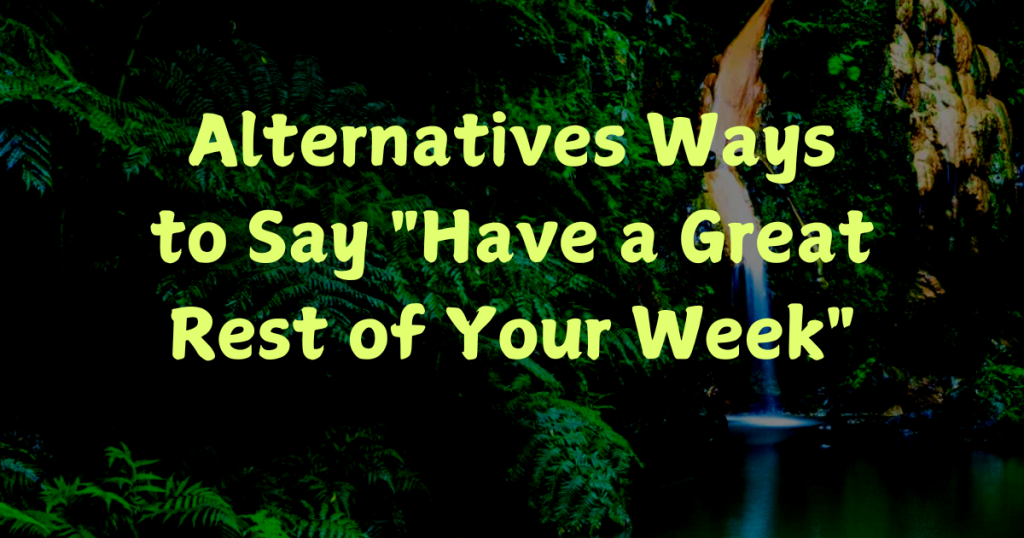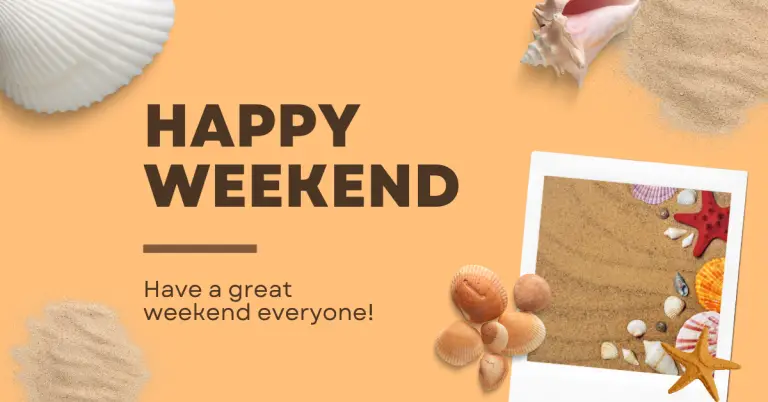Sometimes, using the same phrase can feel repetitive or uninspired. Whether you’re saying goodbye to a friend, ending a work email, or sending a message to a loved one, there are countless creative and thoughtful ways to wish someone a wonderful weekend. This list provides unique, friendly alternatives to the common “Have a great weekend,” ensuring your message always stands out.
Thoughtful Ways to Say “Have a Great Weekend”
1. Enjoy Your Weekend!
This simple and cheerful phrase works in both casual and professional settings. It conveys warmth and good intentions without sounding overly formal.
Example: “The weather looks great—enjoy your weekend!”
2. Have a Fantastic Weekend!
A slight variation on the usual phrase, using “fantastic” adds enthusiasm and positivity.
Example: “You’ve worked so hard this week; have a fantastic weekend!”
3. Wishing You a Relaxing Weekend
If someone has had a particularly busy or stressful week, this option shows thoughtfulness and care.
Example: “I know you’ve been swamped. Wishing you a relaxing weekend!”
4. Have a Fun-Filled Weekend
Perfect for close friends, family, or colleagues who enjoy an active, exciting weekend.
Example: “Whatever you’ve got planned, have a fun-filled weekend!”
5. Make the Most of Your Weekend
Encourage someone to use their free time wisely with this positive and motivating phrase.
Example: “Time flies—make the most of your weekend!”
6. Cheers to a Great Weekend Ahead!
This upbeat and celebratory greeting works well in friendly conversations.
Example: “It’s almost Friday—cheers to a great weekend ahead!”
7. Hope Your Weekend is Wonderful
Warm, kind, and suitable for professional and personal interactions.
Example: “Thanks for your help this week. Hope your weekend is wonderful.”
8. Have a Blissful Weekend
This poetic alternative is ideal for close friends or loved ones. It adds a touch of sincerity and charm.
Example: “Take a break and unwind—have a blissful weekend.”
9. Enjoy Some Well-Deserved Rest
This thoughtful phrase is perfect when someone truly deserves a break.
Example: “You’ve earned it. Enjoy some well-deserved rest this weekend!”
10. Have a Refreshing Weekend
This option is perfect when you want to wish someone a revitalizing, peaceful break.
Example: “Hope you get some time to recharge—have a refreshing weekend!”
Also Read: Ways to Say “Happy Sunday”
11. Wishing You Lots of Smiles This Weekend
Light-hearted and cheerful, this phrase spreads positivity effortlessly.
Example: “Stay happy and take care. Wishing you lots of smiles this weekend!”
12. Have a Joyful Weekend
Simple yet full of warmth, this greeting spreads happiness in a professional or personal context.
Example: “End the week on a high note—have a joyful weekend!”
13. Make It a Great Weekend
This phrase adds a sense of empowerment, motivating someone to take charge of their plans.
Example: “No matter what you do, make it a great weekend!”
14. Have a Chill Weekend
Perfect for informal conversations, this phrase adds a casual, relaxed tone.
Example: “Take it easy and have a chill weekend!”
15. Enjoy Your Days Off
This is an excellent alternative for coworkers, employees, or anyone who deserves a break.
Example: “Thanks for your hard work. Enjoy your days off!”
16. Have a Splendid Weekend
This more elegant and formal version works beautifully in professional settings.
Example: “Wishing you success and peace—have a splendid weekend.”
17. Take Time to Unwind
Encourage someone to de-stress and relax with this thoughtful phrase.
Example: “Don’t forget to take time to unwind this weekend!”
18. Have a Marvelous Weekend
“Marvelous” adds a positive and slightly whimsical tone to your weekend greeting.
Example: “No plans yet? Either way, have a marvelous weekend!”
19. Wishing You a Weekend Full of Joy
This heartfelt option adds genuine warmth and cheer to your message.
Example: “Stay positive and smiling. Wishing you a weekend full of joy!”
20. Have an Amazing Time This Weekend
Show enthusiasm and energy with this versatile phrase, perfect for any recipient.
Example: “Enjoy every moment. Have an amazing time this weekend!”
FAQs
Q1: Why should I use alternative phrases to “Have a great weekend”?
Using alternative phrases helps you sound more thoughtful, creative, and engaging. It keeps your messages fresh, personalized, and suited for different settings.
Q2: Are these alternatives suitable for professional settings?
Yes! Many alternatives like “Enjoy your well-deserved break” and “Hope your weekend is wonderful” are perfect for professional and formal environments.
Q3: How can I make my weekend wishes more personal?
You can personalize your message by considering the recipient’s plans, mood, or recent experiences. For example, “Have a relaxing weekend” works well for someone feeling tired, while “Enjoy your fun-filled weekend” suits someone with exciting plans.
Q4: Can I use these phrases in emails and messages?
Absolutely! These alternatives are versatile and work perfectly for emails, text messages, and even face-to-face conversations.
Q5: Which alternative works best for friends and family?
Casual and warm options like “Wishing you a weekend full of joy” or “Cheers to a fantastic weekend” are ideal for friends and family
Conclusion
Switching up how you say “Have a great weekend” can make your messages feel more thoughtful, engaging, and unique. Whether you’re chatting with friends, texting family, or signing off a work email, these alternatives ensure your words always leave a positive impression.
Try one of these creative phrases this week and add a little variety to your conversations!




